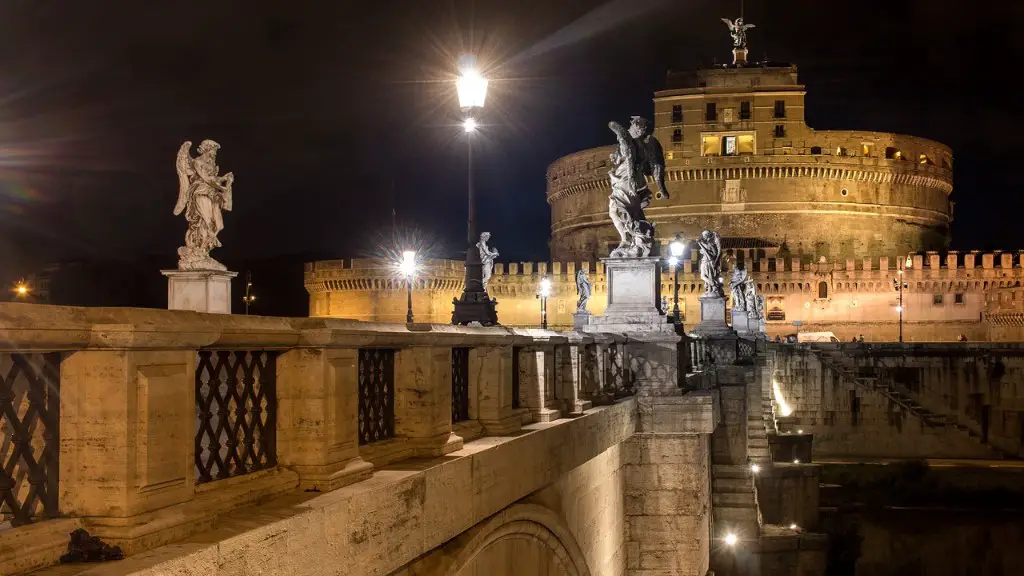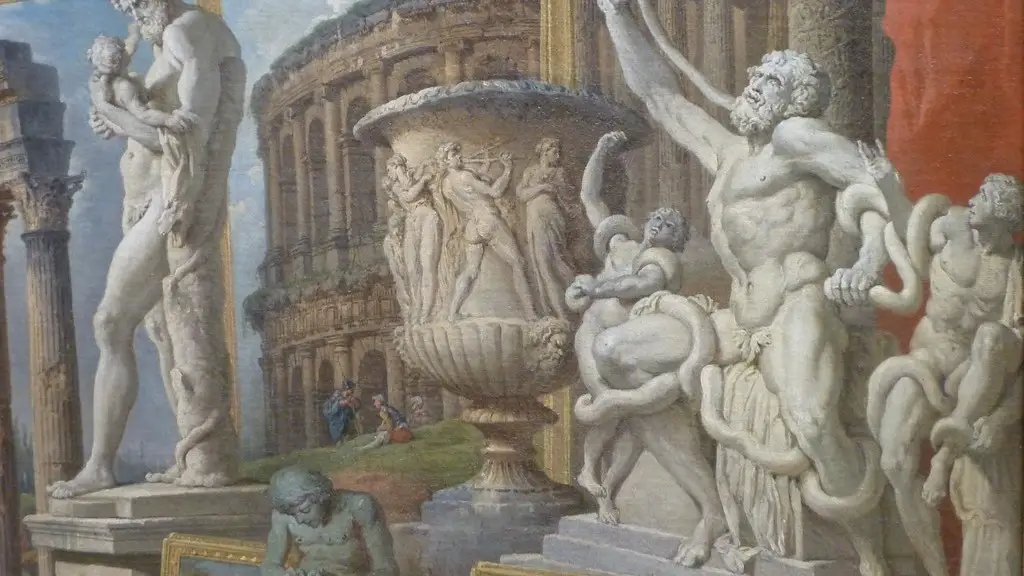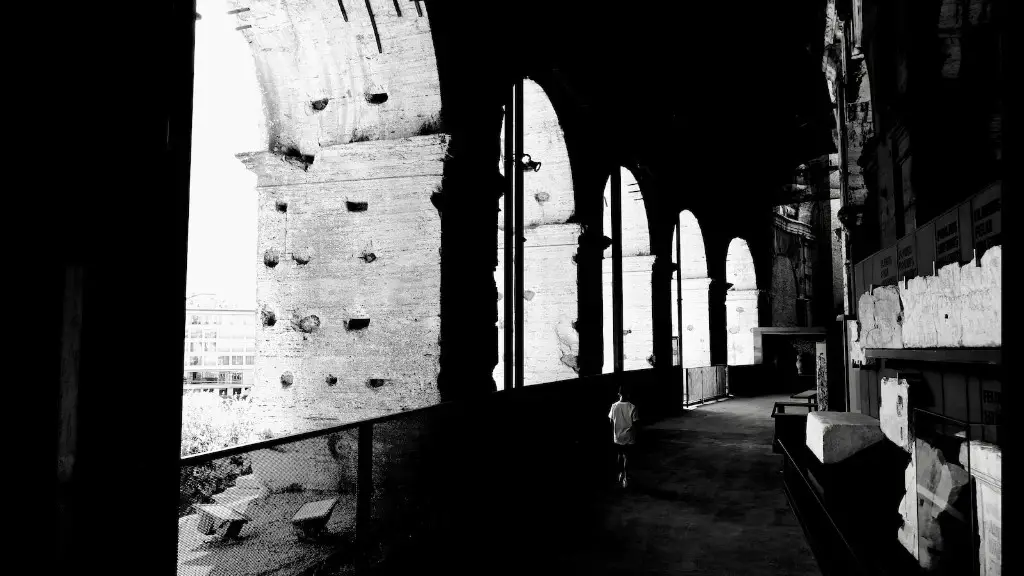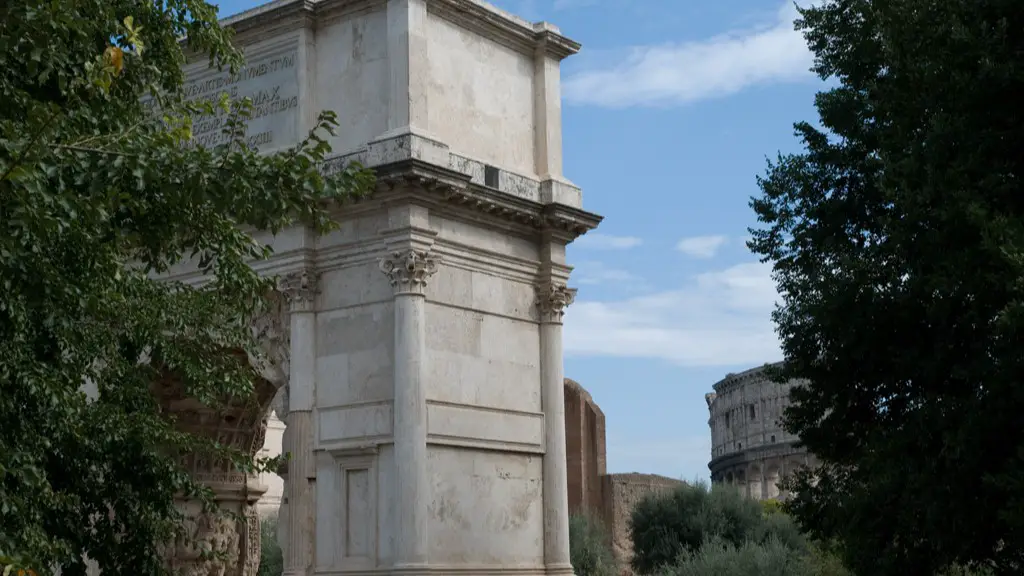Military strategy and technological advancement
Rome has long been known for its successful military strategies and ferocious campaigns of conquest. This was due to the incorporation of technology and new weapons into their warfare tactics. Rome was able to utilize the latest advances in weapons technology, such as the hasta and the pilum which allowed them to quickly and efficiently defeat their enemies. Rome also had a strong cavalry unit that enabled them to respond quickly and efficiently to any threat against their empire. This allowed them to expand their power and reach by seizing regions from weaker powers and by assimilating the occupants of those regions into their own culture.
Centralized government
In addition to their military successes, the Roman Empire was able to establish a centralised government structure that allowed them to effectively govern the territories and peoples under their control. This structure was able to provide a unified voice to the people, allowing them to better coordinate their efforts and ambitions. This centralised government also allowed Rome to increase their taxation revenues, enabling them to build and maintain their powerful military forces and to pursue large scale engineering projects.
Cultural Influence
The Roman Empire was able to expand its reach through a combination of military might and cultural influence. Roman rulers were highly adept in their ability to assimilate foreign cultures by exchanging ideas, customs, and religion with them. In this way, they were able to spread their art, literature, and philosophy throughout the known world. This helped to ensure their status as a superpower and ensured that their culture and beliefs would remain strong for many centuries.
Strength of trade
One of the reasons that Rome was able to rise to the heights of power was due to the strength of its trade networks. Rome was able to take advantage of its geographical location and its access to sea routes to spread its influence far and wide. Rome was able to benefit from taxation of trade routes as well as from the goods sold along these routes. This allowed Rome to increase its wealth and power, as well as to spread its culture and influence to distant lands.
Long Lasting Impact
The legacy of the Roman Empire is still felt throughout the world today. Its influence can be seen in many aspects of modern life, from the Latin alphabet which is used in the majority of languages used today, to the architecture which still stands in many cities throughout Europe. The influence of Rome can also be observed in many aspects of modern law and civil society, such as the use of trial by jury in many legal systems.
Challenges to the Rise of Rome
Though Rome was eventually able to rise to a dominant position in the world, there were several obstacles it had to overcome before it achieved this level of power. It was constantly facing the threat of foreign invasion, often from more advanced military powers. This posed a significant challenge to Rome’s ability to hold onto its territories and expand its power base. In addition, Rome was also constantly challenged by internal political strife and civil unrest, which threatened its ability to maintain a unified front.
Economic Growth
Another factor behind the rise of Rome was economic growth. Rome was able to improve its manufacturing and agricultural practices, which allowed it to increase production of goods and food, in turn allowing the empire to sustain and even expand its population while simultaneously increasing its revenue. This enabled Rome to build an impressive infrastructure and develop its services, further increasing its influence and power.
Political Stability
The Romans were also known for their political stability. Rome achieved a remarkable level of efficiency and consistency in its governance and decision-making, allowing them to keep their people unified and focused on building their empire. This political unity was crucial to Rome’s ability to successfully channel its resources and strive for greatness.
Power of Empire
The Roman Empire was an impressive display of power and ambition. Its rise was the result of a combination of factors, from military prowess and technological advancement to economic growth and political stability. Its strength and vitality allowed it to grow from a small city-state to an unstoppable force, conquering and assimilating many of its enemies in the process.
Impact on Art & Literature
The Roman Empire is credited with the development and popularisation of many aspects of art and literature. Latin literature and philosophy, much of which is still studied today, thrived during the period of Roman rule. Rome also produced a wealth of iconic architecture and artwork, which can still be seen throughout Europe and other areas within the former Roman Empire.
Legal System
The Roman Empire also established a fair and efficient legal system, which is still used in many parts of the world today. The concept of the codified law was first created by Roman lawyers and lawmakers to ensure justice for all citizens and outlaw unfair practices such as slavery and arbitrary taxation. This concept of justice and fairness was a cornerstone of the empire’s success and has been adopted by many modern legal systems.
Regional Expansion
During its Golden Age, the Roman Empire was able to expand its reach far and wide, conquering regions such as Gaul, Greece, and North Africa. This allowed Rome to vastly increase its territory and wealth, while also assimilating local cultures into its own. This expansion and incorporation of new cultures helped to strengthen the empire’s foothold in the known world.
Decline of the Empire
Rome ultimately succumbed to its own success, succumbing to civil unrest, economic downturns, and military defeats. Its decline is attributed to a number of factors, from over-expansion to decadence, but it also served as an example of the power and potential of a unified and ordered empire. The legacy of the Roman Empire still remains, from its iconic architecture, to its language and laws.



